Metal Detector How It Works ?
A metal detector works by generating a magnetic field and then detecting any disturbances or changes in that field caused by the presence of metal objects. The detector consists of a coil of wire, known as the search coil, which is connected to a control box. When an electric current is passed through the coil, it creates a magnetic field around it. When this magnetic field encounters a metal object, it induces a secondary magnetic field in the object. This secondary field disrupts the original magnetic field created by the coil, causing a change in the electrical properties of the coil. The control box then analyzes these changes and alerts the user through an audio or visual signal. The size and composition of the metal object, as well as its proximity to the coil, can affect the strength of the disturbance and the detector's ability to detect it.
1、 Electromagnetic Induction: Generating and detecting magnetic fields for metal detection.
A metal detector is a device that uses electromagnetic induction to generate and detect magnetic fields for the purpose of metal detection. Electromagnetic induction is the process of generating an electric current in a conductor by varying the magnetic field around it.
In a metal detector, there are typically three main components: a search coil, a control box, and a display unit. The search coil is the part that is moved over the ground or the object being searched. It consists of a coil of wire that is connected to the control box. The control box contains the circuitry that generates the electromagnetic field and processes the signals received from the search coil. The display unit provides visual or audio feedback to the user about the presence of metal.
When the metal detector is turned on, an alternating current is passed through the search coil, creating an oscillating magnetic field around it. When this magnetic field encounters a metallic object, it induces eddy currents in the metal. These eddy currents, in turn, generate their own magnetic fields that oppose the original magnetic field. This interaction between the two magnetic fields causes a change in the electrical properties of the search coil, which is detected by the control box.
The control box processes the signals received from the search coil and determines the presence and location of metal objects. This information is then displayed to the user through the display unit.
The latest point of view in metal detector technology involves advancements in signal processing algorithms and digital signal processing techniques. These advancements have led to improved target identification and discrimination capabilities, allowing users to differentiate between different types of metals and reduce false alarms. Additionally, there have been developments in coil design and materials, leading to increased sensitivity and depth of detection.
Overall, metal detectors work on the principle of electromagnetic induction, generating and detecting magnetic fields to identify the presence of metal objects. The latest advancements in technology have further enhanced the performance and accuracy of metal detectors, making them valuable tools in various fields such as archaeology, security, and treasure hunting.

2、 Coil System: Utilizing a coil to create and receive electromagnetic signals.
A metal detector is a device used to detect the presence of metal objects. It works on the principle of electromagnetic induction, which involves the generation and detection of electromagnetic signals. The main component of a metal detector is the coil system, which plays a crucial role in its functioning.
The coil system consists of one or more coils of wire wound around a core. When an alternating current is passed through the coil, it generates an electromagnetic field around it. This field interacts with any nearby metal objects, causing them to generate their own electromagnetic fields. These fields induce a current in the coil, which can be detected and analyzed by the metal detector.
The detection process involves two main steps: transmission and reception. During transmission, the metal detector emits a continuous or pulsed electromagnetic field from the coil. This field penetrates the ground or surrounding area and interacts with any metal objects present. When a metal object is encountered, it disturbs the electromagnetic field, causing a change in the received signal.
During reception, the coil system acts as a receiver, detecting the changes in the electromagnetic field caused by the presence of metal. This change in the received signal is then amplified and processed by the metal detector's electronics. The detector analyzes the signal and provides an indication to the user, typically through an audio or visual display, alerting them to the presence of metal.
In recent years, advancements in technology have led to the development of more sophisticated metal detectors. These detectors often incorporate multiple coils, allowing for improved sensitivity and discrimination between different types of metals. Additionally, modern metal detectors may utilize advanced signal processing algorithms and digital displays to provide more accurate and detailed information to the user.
Overall, the coil system is the heart of a metal detector, enabling the generation and detection of electromagnetic signals that allow for the detection of metal objects. With ongoing advancements in technology, metal detectors continue to evolve, offering improved performance and usability in various applications such as security screening, treasure hunting, and archaeological exploration.
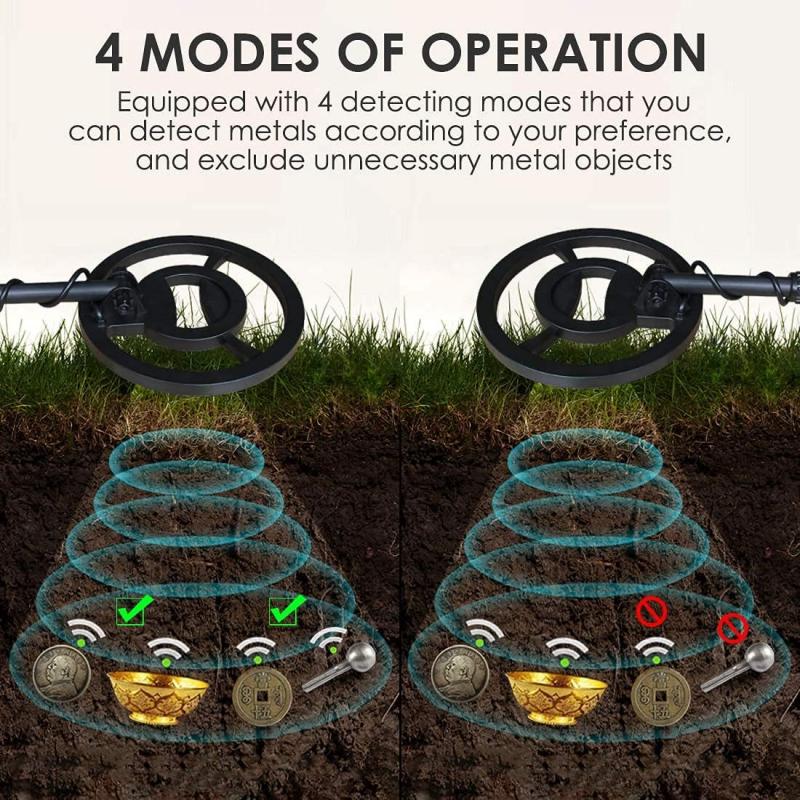
3、 Eddy Currents: Inducing currents in metal objects to identify them.
A metal detector is a device that is used to detect the presence of metal objects. It works on the principle of eddy currents, which are induced in metal objects when they are exposed to a changing magnetic field.
When a metal object is brought near a metal detector, it creates a disturbance in the magnetic field generated by the detector. This disturbance causes eddy currents to be induced in the metal object. These eddy currents, in turn, create their own magnetic field, which opposes the original magnetic field of the metal detector.
The metal detector contains a coil of wire that is connected to a power source. When the coil is energized, it generates a magnetic field. As the metal object is moved closer to the coil, the changing magnetic field induces eddy currents in the metal object. These eddy currents generate their own magnetic field, which interacts with the magnetic field of the coil.
The interaction between the two magnetic fields causes a change in the electrical properties of the coil. This change is detected by the metal detector, which then alerts the user to the presence of a metal object.
In recent years, there have been advancements in metal detector technology. For example, some metal detectors now use multiple coils to improve sensitivity and accuracy. Additionally, digital signal processing techniques have been employed to enhance the detection capabilities of metal detectors.
Overall, metal detectors work by inducing eddy currents in metal objects and detecting the resulting changes in the magnetic field. These devices have proven to be invaluable in a variety of applications, including security screening, archaeology, and treasure hunting.
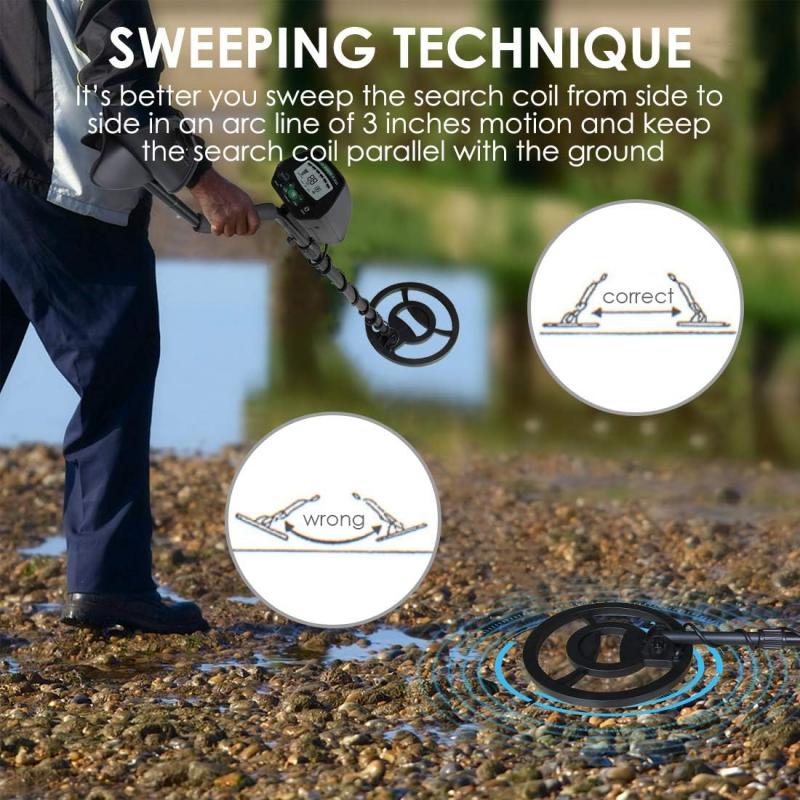
4、 Target Identification: Analyzing signals to determine the type of metal detected.
A metal detector is a device that uses electromagnetic fields to detect the presence of metal objects. It works on the principle of electromagnetic induction, which involves the generation of an electromagnetic field and the detection of changes in that field caused by the presence of metal.
When a metal object is brought near a metal detector, it disrupts the electromagnetic field generated by the device. This disruption is detected by the metal detector's coil, which is made up of a transmitter and a receiver. The transmitter sends out a magnetic field, and the receiver detects any changes in that field.
As the metal object comes closer to the metal detector, the disruption in the electromagnetic field becomes stronger. This change is then amplified and analyzed by the metal detector's circuitry. The circuitry is designed to differentiate between different types of metals based on their electrical conductivity and magnetic properties.
Target identification is a crucial aspect of metal detection. Metal detectors are equipped with advanced signal processing algorithms that analyze the signals received from the coil. These algorithms take into account various factors such as the shape, size, and composition of the metal object to determine its type.
In recent years, there have been advancements in target identification technology. Some metal detectors now use multiple frequencies to improve target identification accuracy. By transmitting and receiving signals at different frequencies, these detectors can gather more information about the metal object and make a more accurate identification.
Additionally, some metal detectors now incorporate digital signal processing techniques to further enhance target identification. These techniques involve analyzing the received signals using complex algorithms and comparing them to a database of known metal signatures. This allows the metal detector to provide more detailed information about the detected metal, such as its likely composition or whether it is a valuable or non-valuable object.
In conclusion, a metal detector works by generating an electromagnetic field and analyzing the disruptions caused by metal objects. Target identification is a crucial aspect of metal detection, and advancements in technology have led to improved accuracy and more detailed information about detected metals.
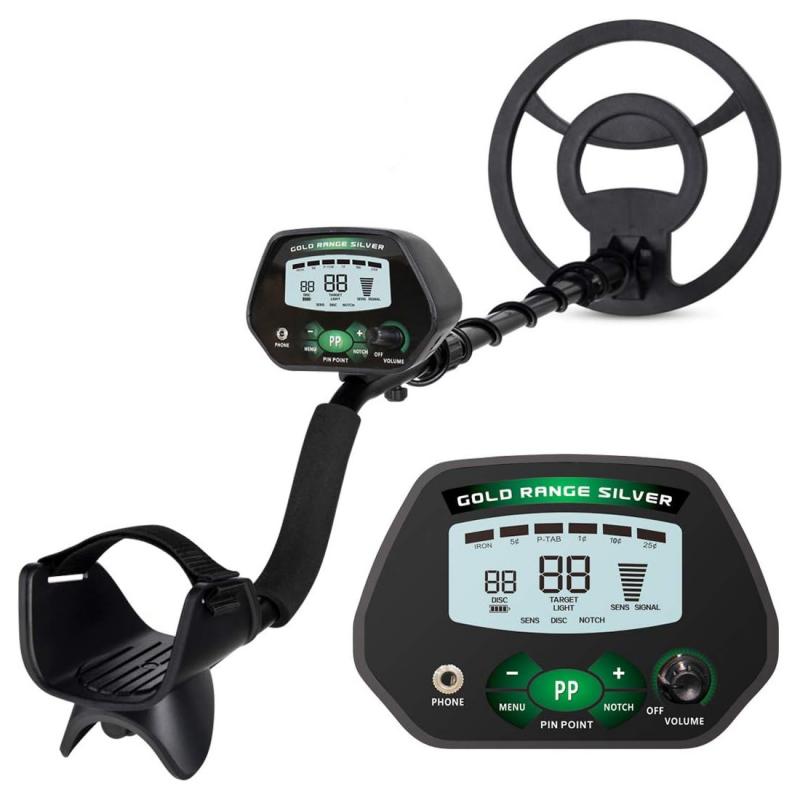






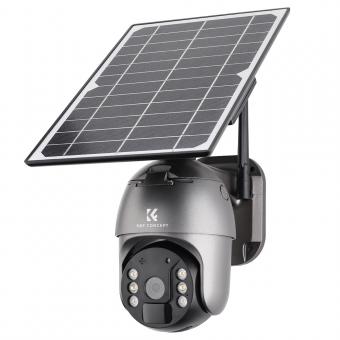




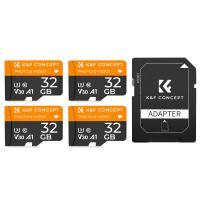

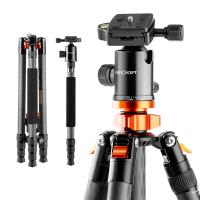



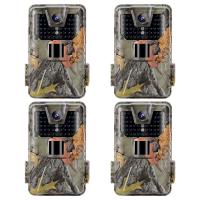






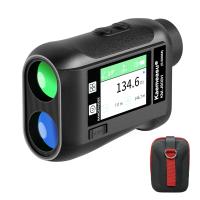




There are no comments for this blog.